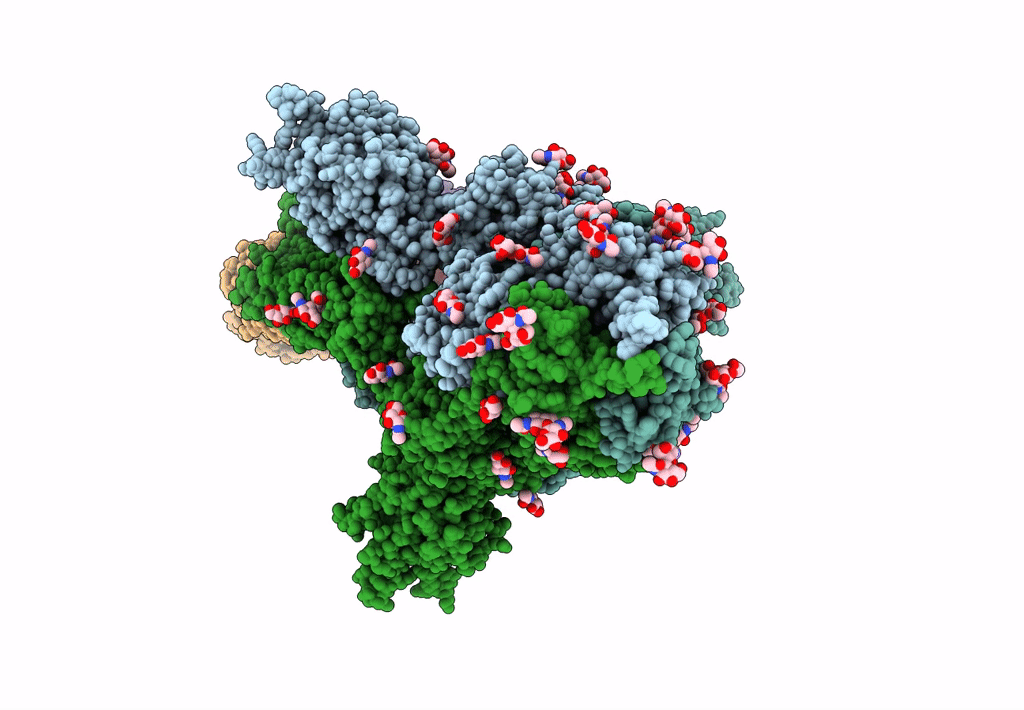
Deposition Date
2022-04-14
Release Date
2023-04-19
Last Version Date
2024-11-13
Entry Detail
PDB ID:
7UOW
Keywords:
Title:
SARS-Cov2 S protein structure in complex with neutralizing monoclonal antibody 034_32
Biological Source:
Source Organism:
Severe acute respiratory syndrome coronavirus (Taxon ID: 2901879)
Homo sapiens (Taxon ID: 9606)
Homo sapiens (Taxon ID: 9606)
Host Organism:
Method Details:
Experimental Method:
Resolution:
4.40 Å
Aggregation State:
PARTICLE
Reconstruction Method:
SINGLE PARTICLE


